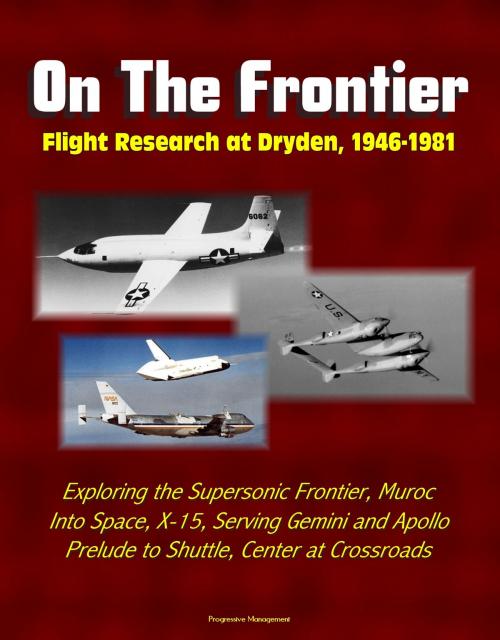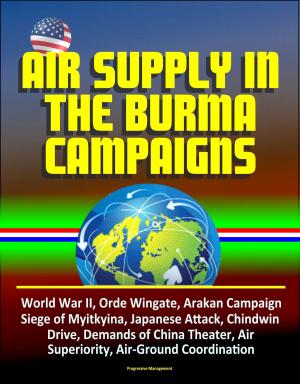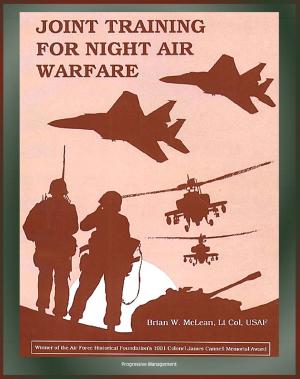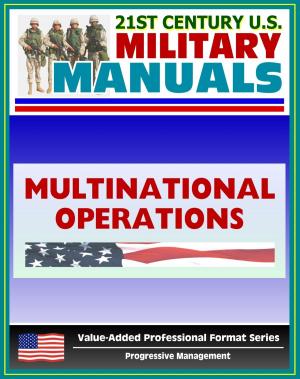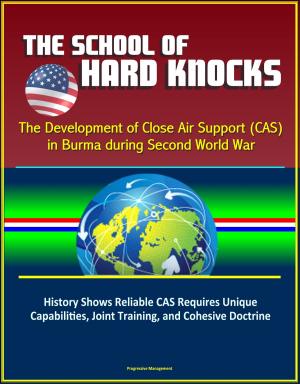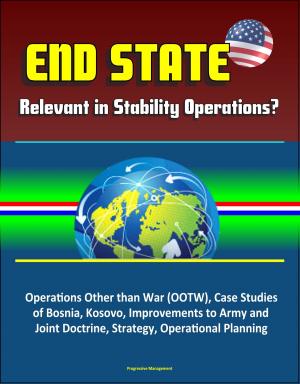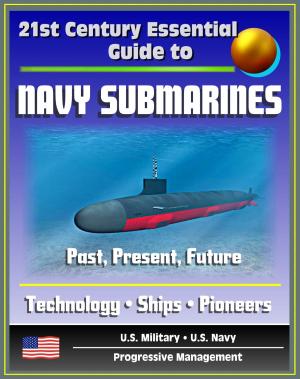On The Frontier: Flight Research at Dryden, 1946-1981 - Exploring the Supersonic Frontier, Muroc, Into Space, X-15, Serving Gemini and Apollo, Lifting Bodies Prelude to Shuttle, Center at Crossroads
Nonfiction, Science & Nature, Technology, Aeronautics & Astronautics, Science, Physics, Astrophysics & Space Science| Author: | Progressive Management | ISBN: | 9781310192180 |
| Publisher: | Progressive Management | Publication: | May 17, 2015 |
| Imprint: | Smashwords Edition | Language: | English |
| Author: | Progressive Management |
| ISBN: | 9781310192180 |
| Publisher: | Progressive Management |
| Publication: | May 17, 2015 |
| Imprint: | Smashwords Edition |
| Language: | English |
Professionally converted for accurate flowing-text e-book format reproduction, this is a wonderful account of flight research at the Dryden Flight Research Center, with a history of the center from its origins through the early research leading to America's Space Shuttle.
Prologue: A Most exotic place * CHAPTER I - EXPLORING THE SUPERSONIC FRONTIER: 1944-1959 * 1. Confronting the Speed of Sound: 1944-1948 * 2. Pioneer Days at Muroc: 1948-1950 * 3. Testing the Shapes of Planes to Come: 1950-1956 * 4. Through Mach 2 and 3: 1951-1959 * 5. Testing Service Aircraft: 1953- 1959 * CHAPTER II - INTO SPACE: 1959-1981 * 6. The X-15 Era: 1959-1968 * 7. Serving Gemini and Apollo: 1962- 1967 * 8. Prelude to Shuttle: The Lifting Bodies. 1962-1976 * 9. Mach 3 Again: 1966-1979 * 10. A Center with Diversity: 1962-1981 * 11. A Center at the Crossroads: 1976-1981
Aviation was a long time in coming to Rogers. At first the lake served only as a bed for the Santa Fe Railway and a small camp specializing in the extraction of drilling mud for use in oil wells. In 1910 came the first permanent settlers, Clifford and Effie Corum, and Clifford's brother Ralph. The Corums were determined to start a farm community in the midst of this wasteland; surprisingly, they convinced other settlers to join them. The brothers opened a general store, dug wells for water, and held church services in their home. The Santa Fe Railway's freights always stopped for water. Encouraged, the Corums decided to name the little community after themselves. Here they ran into a snag. Postal authorities objected because California already had a Coram township; the similarity in spelling would surely cause confusion. The Corums then suggested Muroc, created by spelling the name backwards, but the Sante Fe Railway objected because of a rail stop named Murdock. The railroad lyrically suggested Dorado, Ophir, Yermo, or Istar. (It is puzzling how many truly desolate desert communities have names connoting beauty, tranquility, and prosperity.) The Corums remained firm. The tiny community became Muroc; settlers sometimes applied the name to the dry lake as well.
Professionally converted for accurate flowing-text e-book format reproduction, this is a wonderful account of flight research at the Dryden Flight Research Center, with a history of the center from its origins through the early research leading to America's Space Shuttle.
Prologue: A Most exotic place * CHAPTER I - EXPLORING THE SUPERSONIC FRONTIER: 1944-1959 * 1. Confronting the Speed of Sound: 1944-1948 * 2. Pioneer Days at Muroc: 1948-1950 * 3. Testing the Shapes of Planes to Come: 1950-1956 * 4. Through Mach 2 and 3: 1951-1959 * 5. Testing Service Aircraft: 1953- 1959 * CHAPTER II - INTO SPACE: 1959-1981 * 6. The X-15 Era: 1959-1968 * 7. Serving Gemini and Apollo: 1962- 1967 * 8. Prelude to Shuttle: The Lifting Bodies. 1962-1976 * 9. Mach 3 Again: 1966-1979 * 10. A Center with Diversity: 1962-1981 * 11. A Center at the Crossroads: 1976-1981
Aviation was a long time in coming to Rogers. At first the lake served only as a bed for the Santa Fe Railway and a small camp specializing in the extraction of drilling mud for use in oil wells. In 1910 came the first permanent settlers, Clifford and Effie Corum, and Clifford's brother Ralph. The Corums were determined to start a farm community in the midst of this wasteland; surprisingly, they convinced other settlers to join them. The brothers opened a general store, dug wells for water, and held church services in their home. The Santa Fe Railway's freights always stopped for water. Encouraged, the Corums decided to name the little community after themselves. Here they ran into a snag. Postal authorities objected because California already had a Coram township; the similarity in spelling would surely cause confusion. The Corums then suggested Muroc, created by spelling the name backwards, but the Sante Fe Railway objected because of a rail stop named Murdock. The railroad lyrically suggested Dorado, Ophir, Yermo, or Istar. (It is puzzling how many truly desolate desert communities have names connoting beauty, tranquility, and prosperity.) The Corums remained firm. The tiny community became Muroc; settlers sometimes applied the name to the dry lake as well.
